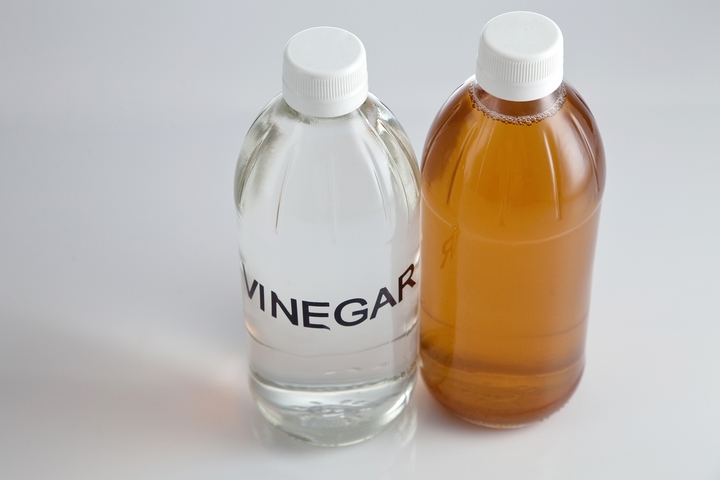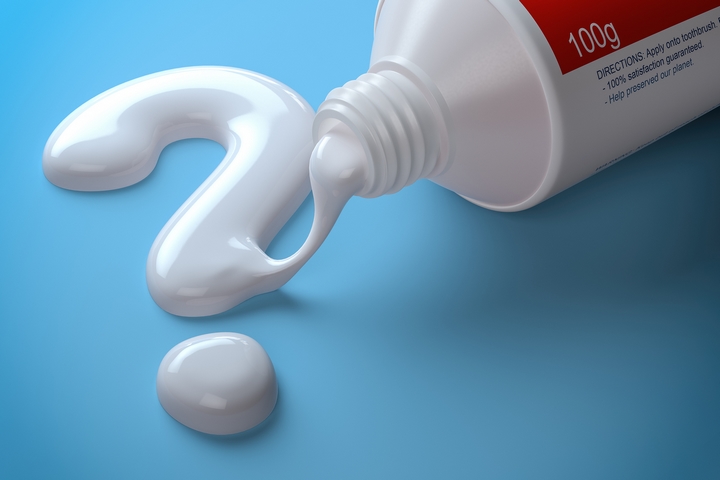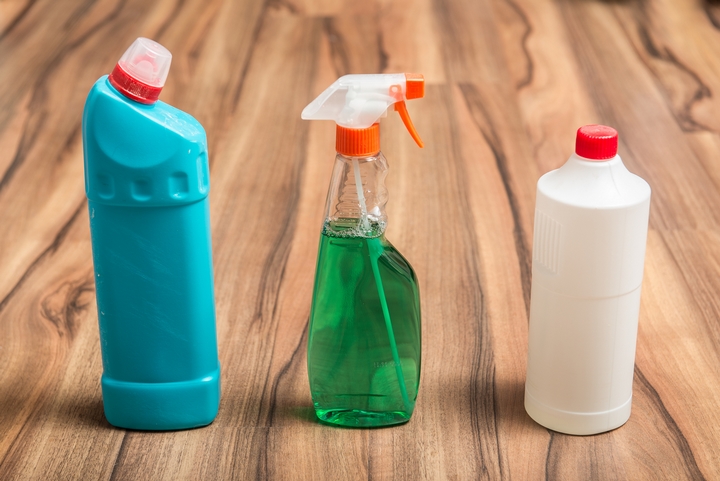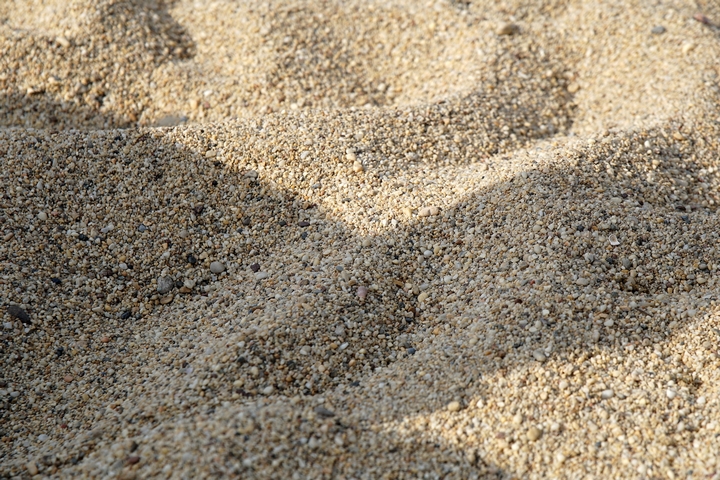How to Remove Stains from Wood Floors

Returning hardwood floors back into their pristine condition can make one feel that they are part of a thorough clean up crew after CSI has gone through a particularly gruesome crime scene. Cue The Who power ballad, cue David Caruso sunglasses. There’s a certain special elegance that hardwood affords a home, a kind of old school charm that shouts royalty, class and sophistication. Without proper maintenance, sometimes the only option is the heartbreaking removal and replacing them with newer hardwood flooring. No longer will your hallways look as though they’re leading to a concert hall, you’re just another schmoe with a rug.
Ensuring stains are properly and completely removed as soon as possible is a necessity, lest you face unwanted ruin. Here’s how to make sure those beautiful oak boards will last a long time. It’ll take a little extra patience and work, and if you can’t afford an excellent housekeeper, be prepared to get your hands dirty. In the end, the experience will be rewarding.
If you need to get your floors polished, here is a detailed guide on how to remove stains from wood floors:
1. Wipe the Stains

A basic wipe is the essential first step in how to remove stains from wood floors. You should be as thorough as possible. Wipe away any visible or microscopic bits of dirt with a wet cloth. Proceeding any further while leaving surface dirt can result in scratches or gouges in the wood, visibly scuffing up the area. After the rag, lightly – very lightly, rub the area with steel wool. The rubbing should be light, as gentle as possible, to avoid any accidental scrapes.
The most important aspect is to keep up a daily routine of care for the hardwood to keep it as shiny as possible. Any neglect will only lead to deterioration. It may seem like a lot of work, but the results will impress neighbours and friends. Of course, simple guest etiquette is also necessary, such as insisting they remove shoes before entering and keep their drinks away from the area. One can never be too cautious.
2. Vinegar

The old army saying about the genetic make-up of a stuff guy is human excrement and vinegar. In this case, you’re often using the latter to clean the former, particularly if you have a careless pet. The vinegar will lighten the stained area, but depending on the size of the area, one may have to rub with a rag for up to ten minutes before seeing a difference.
3. Removing White Rings

White rings are a common water stain on hardwood, and there are plenty of do it yourself steps that perhaps you haven’t even thought of. White rings mean the stain has only reached the wax or finish, no further. They’re probably the easiest to get rid off. Many of these tactics are particularly helpful if you don’t own a proper floor buffer.
First, emptying the waster from an iron and laying a t-shirt over the stained area, quickly ironing back and forth, checking under the shirt periodically and wiping away any moisture formed by the iron until the ring is extinguished.
4. Try Toothpaste for Smaller Stains

It’s unlikely you’ve thought of this nifty solution, and the beauty of it is that you require very little, non-gel toothpaste on a rag. Don’t scrub too long or outside of the stained area. Always immediately dry any wet residue.
5. Dry With a Hairdryer

Simply turn the dryer on high and keep it on the stain for around a half hour. It’s tedious, and after such a long period of time, you may feel like it’ll never do any good. Just be patient.
6. Use Mineral Spirits

At this point, it’s best to use mineral spirits to lightly rub the floorboards. You can also substitute storebrand hardwood cleaner at this point, working it deeper into the wood.
7. Bleach the Wood Floors

At last, it’s time to use bleach. Mix 4 parts water and one part bleach in a bowl or spray bottle, then spray, wipe or soak the seemingly infected area with a wet rag. The more applications of the bleach mix you use, the lighter the stain will appear until it all but disappears. If you don’t witness any results, you may want to adjust the amount of bleach in the mixture while still doing your best not to overdo it.
8. If All Else Fails…Sand

In extreme cases, sanding will be necessary. Obviously, as with every step along the way, this must be done with great delicacy. An electric sander, for instance, would be overkill. But a find piece of sandpaper can help release the layers of polyurthane effecting the wood.
Congratulations, with great delicacy and severe patience, you’ve managed to return your hardwood floor back to its original state; with one small exception. The sanding, bleaching and soaping has removed the protective wax finish previously there. Simply reapply it and it’ll be as shiny as the day it was installed.



















